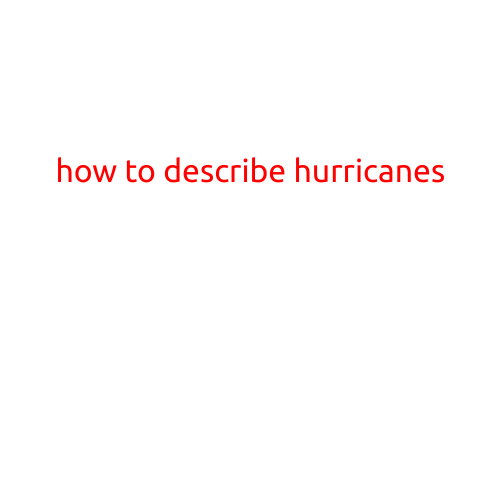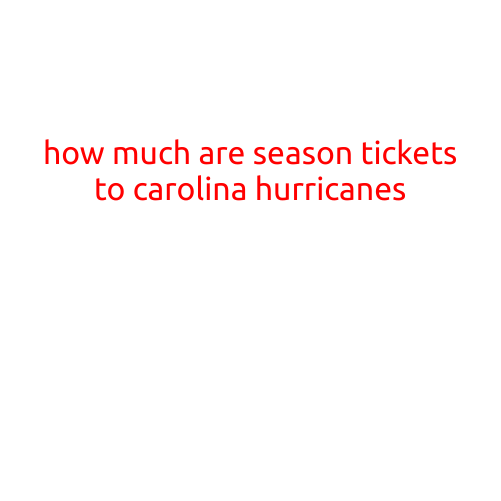
How to Describe Hurricanes: A Guide to Effective Communication
Hurricanes are powerful and destructive natural disasters that can have a devastating impact on communities and environments. When describing hurricanes, it’s essential to provide accurate and clear information to the public to ensure their safety and well-being. In this article, we’ll explore the key elements to include in your hurricane descriptions, helping you to effectively communicate with your audience.
I. Introduction
Start by providing a brief overview of the hurricane, including its name, storm category (if applicable), and the affected areas. This will help your audience understand the scope of the situation and what to expect.
II. Location and Size
Clearly describe the location and size of the hurricane. This includes its:
- Latitude and longitude coordinates
- Distance from shore or inland areas
- Radius of maximum winds (RMW)
- Size (diameter and area)
For example: “Hurricane Maria is currently located 100 miles east-northeast of Miami, Florida, with a diameter of approximately 500 miles.”
III. Wind Speed and Direction
Report the wind speed and direction of the hurricane using the Saffir-Simpson Hurricane Wind Scale. This scale categorizes hurricanes based on their wind speed:
- Category 1: 74-95 mph (64-82 kt, 119-153 km/h)
- Category 2: 96-110 mph (83-95 kt, 154-177 km/h)
- Category 3: 111-129 mph (96-112 kt, 178-208 km/h)
- Category 4: 130-156 mph (113-136 kt, 209-257 km/h)
- Category 5: 157 mph or higher (137 kt or higher, 258 km/h or higher)
Indicate the direction of the winds using cardinal directions (north, south, east, west) or bearings (e.g., 90° or NNE).
IV. Rainfall and Flooding
Report the expected rainfall totals and potential flooding risks. This information is crucial for flood warnings and evacuation planning.
- Rainfall estimates in inches or millimeters
- Flooding risk, including areas that are prone to flooding or may be affected by storm surge
For example: “Hurricane Maria is expected to bring heavy rainfall of up to 12 inches (305 mm) in some areas, leading to significant flooding and flash flooding risks.”
V. Storm Surge and Coastal Flooding
Describe the potential storm surge and coastal flooding risks. This information is critical for coastal residents and those in low-lying areas.
- Expected storm surge height in feet or meters
- Areas that will be affected by coastal flooding or storm surge
- Potential impacts on coastal communities, including erosion and damage
For example: “A storm surge of up to 8 feet (2.4 meters) is expected to affect coastal areas, with significant flooding and erosion risks in low-lying regions.”
VI. Evacuation Orders and Instructions
Provide clear guidance on evacuation orders and instructions. This includes:
- Areas under evacuation order or advisory
- Recommended evacuation routes and shelters
- Timelines for evacuation and any necessary travel restrictions
For example: “A mandatory evacuation order has been issued for coastal areas south of Miami. Residents are advised to head north to designated shelters and follow evacuation routes.”
VII. Conclusion
In conclusion, when describing hurricanes, it’s essential to provide accurate and clear information to the public. By including key elements such as location, size, wind speed, rainfall, flooding, storm surge, and evacuation orders, you can help ensure the safety and well-being of your audience. Remember to communicate effectively and promptly, as timely information can make a significant difference in the face of a hurricane.





